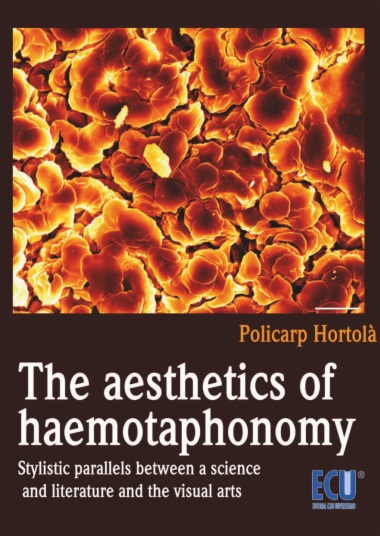Knowing the aesthetics of a science plays a key role in deciphering its underlying cultural framework. This essay intends to provide insight into the aesthetics of haemophonomy by identifying its stylistic parallels with literature and the visual arts. An additional interest of this work is to serve as an example of a procedure for approaching the aesthetics of other sciences. The author focuses the aesthetics of science from a novel perspective. He conceives it from a neuralistic point of view, unbound from the compulsive search for a supposed ideal of beauty. Hence, this essay does not consider beauty, but rather aesthetic movements: those that have been found to be self-evidently significant and analytically productive in explaining The aesthetic of the science under examination. Some opinions on this essay: Very interesting James A. Marcum (Baylor University) Thought-provoking Susan D. Jones (University of Minnesota) Fascinating Roald Hoffmann (1981 Nobel Prize in Chemistry, Cornell University).
- Cover
- Title page
- Copyright page
- Contents
- Preface
- Introduction: science and its aesthetics
- The science of haemotaphonomy
- The definition of haemotaphonomy
- Object, subjects, and method of haemotaphonomy
- The genesis of haemotaphonomy
- Comparative aspects of haemotaphonomy
- The literary stylistic parallels ofhaemotaphonomy
- The visual-art stylistic parallels ofhaemotaphonomy
- Some dualities related to haemotaphonomy
- Realism versus naturalism
- Baroque and neobaroque
- 'National science' versus universal science
- Conclusion: the cultural framework ofhaemotaphonomy
- Bibliography
- Addenda
- I. Haemotaphonomy in action: three examples from
scientific articles
- 1. Haemotaphonomy in forensic biology
- 2. Haemotaphonomy in prehistoric archaeology (i)
- 3. Haemotaphonomy in prehistoric archaeology (ii)
- II. Short list of some other author’s articles onhaemotaphonomy
- III. Scientific abbreviations and symbols
- Credits
- Reader’s notes

